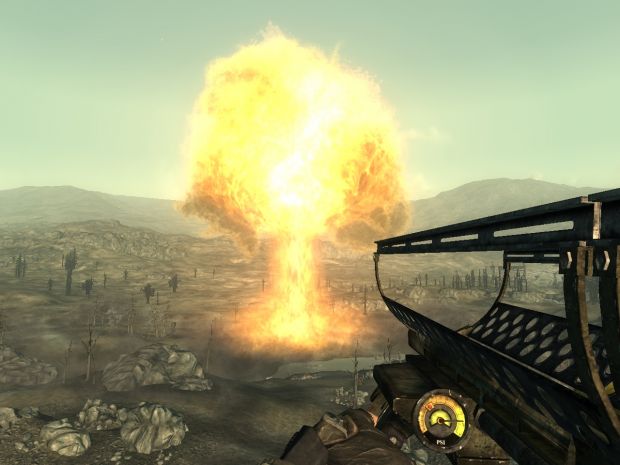In becoming a social normality, an idea, a product, or even a person loses its essence of being unique. What was once rare, weird, and strange to society, now becomes simply ordinary and understood. Although social acceptance is normally what people desire, they fail to realize what they are losing in the process of becoming just another average Joe: individuality.
Similar to the civil rights movement and women’s suffrage, the gay right’s movement is a certain group of people’s fight to gain their inherent freedoms and rights. Forced for years to stay hidden, unable to fully express themselves for fear of persecution and hate, the LGBTQA community has emerged from the darkness and is now out, proud and louder than ever before. Years of protests, campaigns, speeches, and law suits have allowed this group to finally have a voice in the nation they call home. However, as seen in Erik Piepenburg’s article, “Gay Theaters Now Struggle to Evolve”, the theaters which were once the only places willing to represent their unique identities and struggles, are now losing business because of the LGBTQ community’s integration and acceptance into society.
In his article, Piepenburg describes how the About Face Theater, a celebrated center for the lesbian, gay, bisexual, transgender, queer and allied community located in Chicago, is now struggling to find innovate, “fresh” story lines for their performances because the “old white gay coming-out story” isn’t interesting enough for its audiences anymore. Although this is a colossal move in the positive direction for the gay community, it is literally killing business for the theater. Audiences have become so accustomed to gay culture- a culture they previously found repulsive- that they now consider it normal and uninteresting. These people want more. They’re tired of the same song and dance about a married man coming out of the closest. They no longer see the beauty of the LGBTQ community.
This is the problem with things becoming mainstream; society gets tired of it…and quickly. Because society is becoming more accepting of the previously unaccepted gay community, theaters are more willing to perform plays about them. Eighteen years ago, when the About Face Theater was first opened, no one would have believed a gay musical would be on Broadway or that a gay musical would be a Pulitzer Prize winner. This small theater was able to preform for their targeted audience an amazing show that they could not see anywhere else. However, that is now not the case. The once prosperous theater is currently scrambling to “right-size the budget” in response to lack of donations, in other words, lack of interests from their once loyal following.
Piepenburg describes how the new art director, Andrew Volkoff, is trying his best to develop a way to make the theater special again; to attract a broader audience. Although competition from large theaters is making this a difficult task, Volkoff is remaining confident. This confidence is seen in his statement, “There may be elements of gay experience, no matter how integrated gay people get, that remain different, that don’t have enough mainstream appeal to be programmed at regular nonprofit theaters.”
Despite Volkoff’s optimism, the aspects of the LGBTQ community that have yet to be explored will most likely be portrayed in a larger theater. The question is whether or not audiences will find any of these unchartered territories enjoyable or entertaining.
Link
http://theater.nytimes.com/2013/09/22/theater/gay-theaters-now-struggle-to-evolve.html?ref=theater&_r=0
Bibliography
Piepenburg, Erik. “Gay Theaters Now Struggle to Evolve.” – NYTimes.com. New York Times, 18 Sept. 2013. Web. 19 Sept. 2013.









